1917 Houston Riot has personal tie to professor
HCC history professor Angela Holder, great-niece of one of 13 soldiers hung after the 1917 Houston Riot, is now helping other families find answers surrounding the riot and court martial of the soldiers at Camp Logan.
May 21, 2015
History isn’t just part of the past. Sometimes, it becomes part of a legacy.
For Houston Community College history professor Angela Holder, her family connection to an ugly chapter in Houston history — and her search for answers — represents who she is, “When you know yourself, where you come from, nobody can tell you anything.”
Houston’s History
The Houston Riot of 1917 was one of the worst events to occur in Houston and in the history of American race relations. As the U.S. entered the war against Germany, the military established two camps for training in Houston: Camp Logan and Ellington Field. On July 27, 1917, the US army ordered the Third Battalion of the Black 24 US infantry — including seven white officers— to go to Camp Logan to guard the construction of the camp.
The soldiers expected equal treatment for being army servicemen, but instead the residents of Houston mistreated them with racial discrimination when they came into the city.
Tension between the residents and soldiers grew until almost a month later on Aug. 23, 1917 a riot broke out after two white policemen arrested a black soldier for interfering with the unfair arrest of a black woman in the fourth ward.
The result of the riot which lasted two hours was 12 wounded and 15 white residents killed, which included four policemen and four black soldiers.
Consequence of Riot
The army held three different courts in between November 1, 1917 to March 26, 1918 in Fort Sam Houston in San Antonio.
During these trials, there were seven black mutineers that testified only to get clemency. Out of the 118 men that participated in the riot, only 110 were found guilty while 19 of the soldiers were hanged and 63 received life sentences in federal prison.
The 13 soldiers were hanged on Dec. 11 and were denied an appeal in the military and from President Woodrow Wilson. The Houston residents who testified in court could not identify any of the black soldiers, but the military went through with the executions.
In 1918, the military changed the way soldiers were executed by presenting General Order No. 7, which says, “You cannot execute any one until the case has been reviewed by the war department and the president.”
The soldiers of the next two court marshals did have a chance to get reviews and out of the 16, only six men were executed while the other 10 were incarcerated.
A Family’s Story
Holder’s great-uncle, Cpl. Jesse Moore, was one of the soldiers who were hanged.
Moore was promoted to corporal shortly before arriving in Texas. He spent time in the Philippines and returned to the states for a mission with Gen. John J. Pershing in the capture of Pancho Villa. Moore was assigned to Camp Logan after the mission failed.
Holder first heard about Uncle Jesse’s story at the age of six when she visited her Aunt Lovie’s, who had a picture of Moore in her living room. Patiently, Aunt Lovie told her about her brother who was unjustly found guilty and his remains unknown.
“A box [later] came to the home with his coat, his bible, a letter, and a dollar. The letter read,’ when you read this, I’m in glory.’ It was a devastating lost for my family,” Holder said. “I feel like I owed it to her to find him and take away some of the hurt.”
The story of her Aunt Lovie’s brother stayed with her until she went to graduate school and begun searching for her Uncle Jesse’s remains.
The Search
In graduate school, Holder wrote a dissertation about the Houston Riot of 1917. While researching about the riot, she was told about University of Houston professor Robert V. Hayes’ book “A Night of Violence: The Houston Riot of 1917.”
This particular book helped track down her uncle’s remains. In 1963, Jesse’s brother, Uncle Joe tried to find his remains, but at the time the Freedom of Information Act was not yet passed. In 1987, just two years after Uncle Joe passed away, Holder found her great uncle’s remains, which were in unmarked graves in the Fort Sam Houston Cemetery.
“I know that they are [both] talking up there, saying our niece down there is working to get our names cleared. So that is what I am working on now,” she said.
Other Families
Holder was also able to contact two families about their ancestors’ remains. The other remains are buried at Fort Sam Houston Cemetery. The Buffalo Soldiers Museum participated in a KHOU-TV documentary, “Munity on the Bayou,” which a man from Ohio saw part of it on the Internet, contacted Holder.
His ancestor was Sgt. William C. Nesbitt, which the largest court marshal is named after. Another person who Holder came into contact is an attorney who is the nephew of Pfc. Thomas Hawkins, who did a legal examination of the court marshal to look for departing parities; his research is displayed at Fort Sam Houston National Cemetery. Holder also had a chance to talk to an elderly relative of Pfc. Carlos Snodgrass but unfortunately was not able to get much information.
“It’s really sad the sacrifice that my uncle and those men made,” she said.
The New Mission
“Strict justice has been done, but full justice has not been done and sure as there is a God in heaven at some time and some way full justice will be done,” a black observer said.
“When I read that it send a full chill down my back because it was almost like this man was making a prophecy and the work I am doing now is what I am supposed to be doing; to try to get some sort of verification for these men,” Holder said about her new task.
“I’m trying to find the families of these men who were executed without benefit of appeal. And that’s my mission trying to find some relatives and clear their names.”




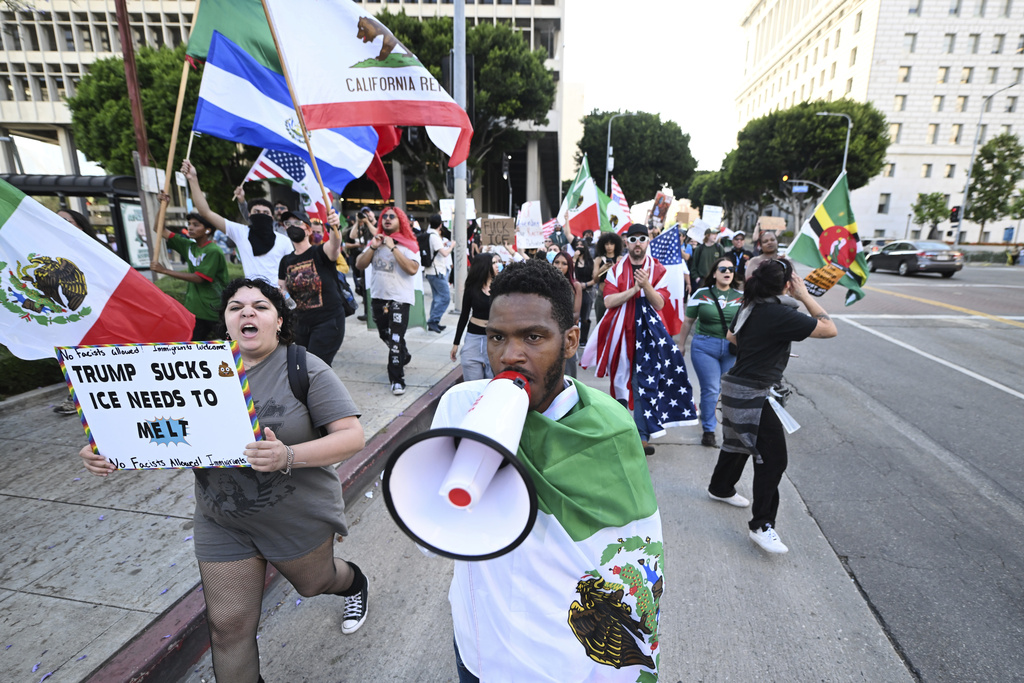
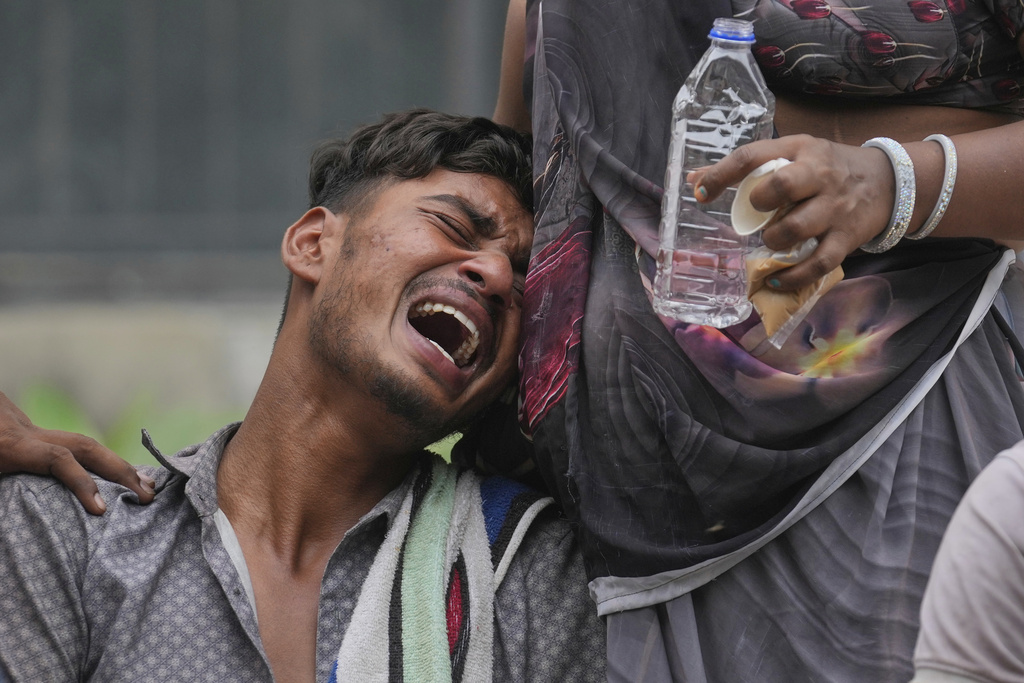


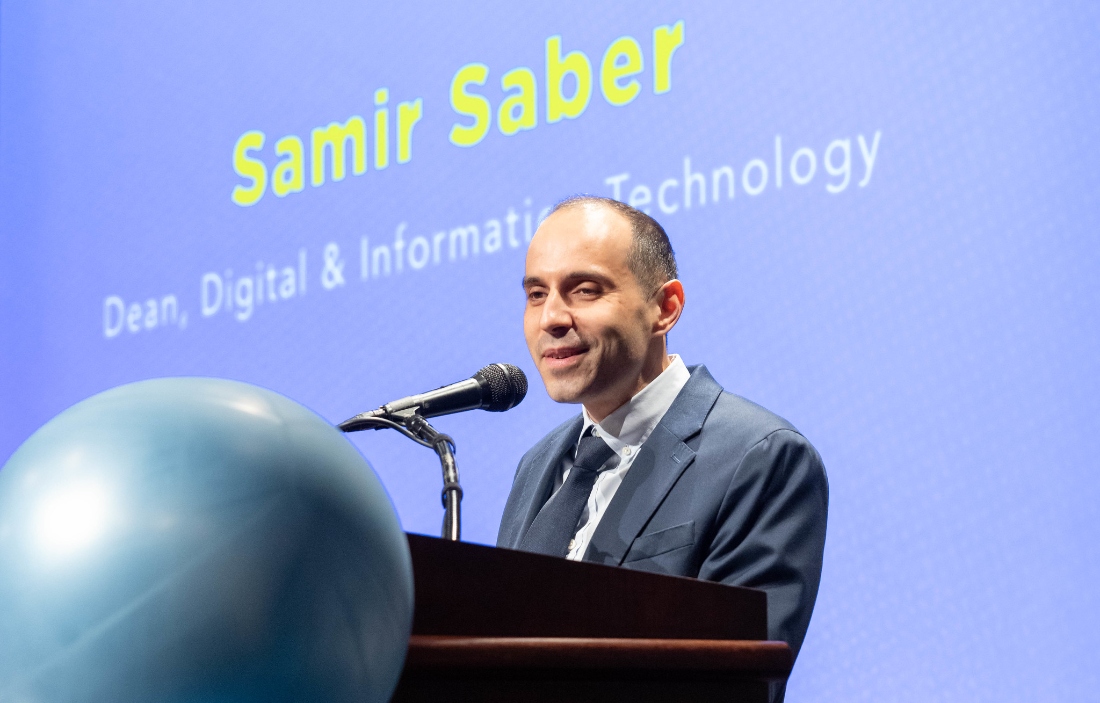













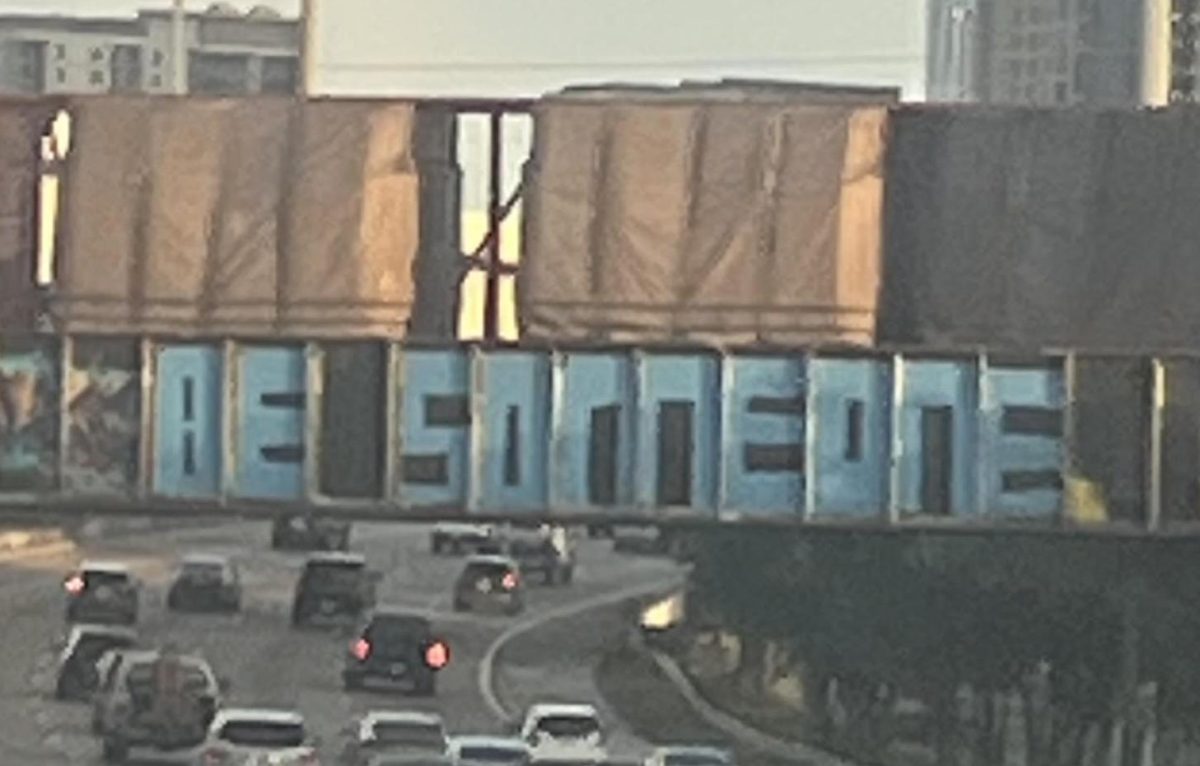
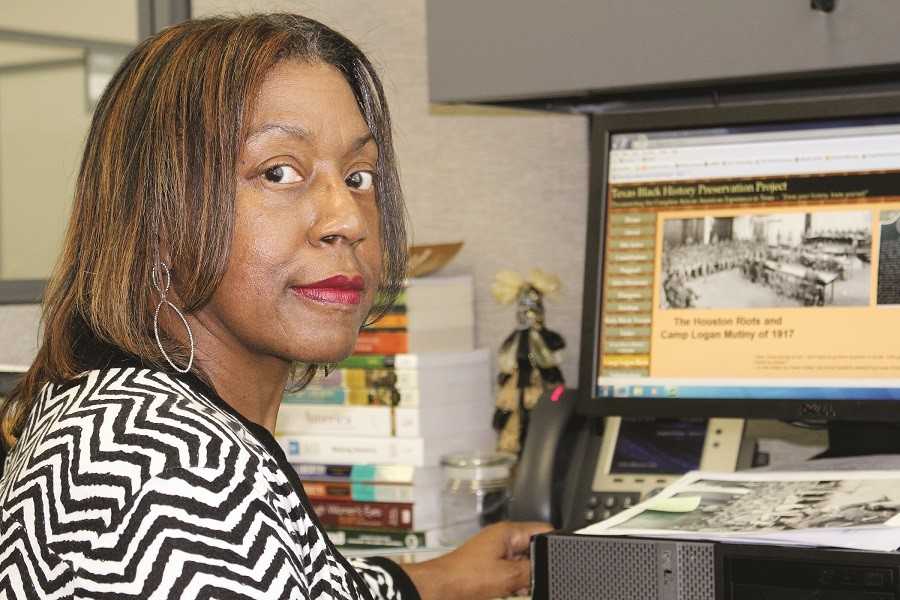

johann hassan • Jul 31, 2017 at 11:03 am
a missing part of history –
johann hassan • Jul 31, 2017 at 11:02 am
history!!!!!
Clennis High • Jun 7, 2015 at 11:27 am
This is very interesting. We are fortunate to have someone so close to this travesty to provide us with so much accurate information regarding this event. I found out about it early in my undergraduate life as a History major ( later changed to Psychology). I had to do rigorous research to get the facts back in those days.
I was surprised that there was not much more about this very important event. I found that many people new little to nothing about this; this may still be the case. It is fascinating how society picks and choses what is important, and what is not. Consequently the educational culture focuses only on those events that have been “socially highlighted”.
It is a good thing to have people of the caliber of Professor Holder to complete the story. There are other important events that have taken place in our history that needed to be brought to the forefront. After all it is our history; god or bad.
Dr. Clennis F. High
Sandi Wisenberg • Mar 17, 2016 at 3:10 am
I grew up in Houston and my mother lives 3 miles from Memorial Park. We never stopped to think what it was a memorial to (the soldiers who trained there after the riot) and I heard of the riot just a few years ago when it was mentioned as an aside in a book on Houston integration. I am working on a book about it and hope to have readings from it around the centennial.